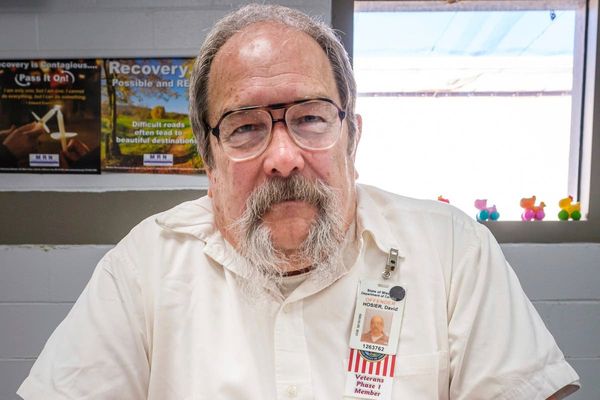
John Smeaton is far from a household name, but Abby Dix-Mason believes he should be. “His achievements were amazing,” she said.
“He was very modest, he wasn’t one to brag or boast but the truth is that so much of what he did has changed the world.”
Dix-Mason is on a mission to get everyone to know the man and his achievements. She is speaking at the launch of an art project, inspired by Smeaton, ahead of the 300th anniversary of his birth next year.
The artwork by Heather Peak and Ivan Morison is essentially a mobile observatory in a converted and rough wood-panelled school bus, which will on Friday begin a four-month tour of Leeds, Smeaton’s birthplace.
It kickstarts Smeaton 300, a project conceived by Dix-Mason and her creative partner, Jane Earnshaw, at their company Foxglove.
“Smeaton was all about making the world better for everyone, his whole ethos was about people,” said Dix-Mason.

Smeaton is considered the father of civil engineering, even coming up with the phrase. His belief in engineering being for the public good, rather than the military, changed everything and paved the way for the building of canals, roads, bridges and more.
People have heard of the superstar engineers who followed, such as Brunel and Telford, but few have heard of the Yorkshireman who paved the way for their achievements.
“If you think about it in today’s terms, Brunel would have been on TikTok every day but Smeaton would have been the one in his room saying ‘I don’t do social media’,” said Dix-Mason.
Smeaton was a brilliant, pioneering engineer who built the third Eddystone lighthouse off the coast of Cornwall, a blueprint for all that followed.
He came up with a plan to stop London Bridge from falling down and developed concepts – known as the Smeaton Coefficient – which were used by the Wright Brothers in the creation of the first aeroplane.
Smeaton was also a keen astronomer, setting up an observatory at his home in east Leeds, looking up every night at the stars and moon with what his daughter described as “awe and wonder”.
Dix-Mason and Earnshaw have researched Smeaton for six years and the more they discovered, the more amazed they were. “What we’ve found is a story that is magical, it is romantic,” said Dix-Mason. “But he was also a Yorkshireman … he called a spade a spade.”

Peak and Morison’s Smeaton-inspired artwork is called Moon Palace and is described as a collision of creativity, art and science.
It is designed to spark curiosity and visitors will be able to observe the galaxy through a radio telescope or just hang out in the bus – meet new people, talk, read detective novels. If they want they can lie down and have a snooze, said Morison.
Peak said she knew about Smeaton’s lighthouse, but not much about the man before embarking on the project.
“It is interesting who history picks out for us to know about,” she said.
Smeaton was someone as comfortable with poetry as he was engineering and that drew the artists towards him.
“I feel very strongly that we, as a society, have been siloed into different disciplines,” said Peak. “The world has told us that we have to sit in these different areas and we don’t work together and we’re kind of in competition with each other.
“I really love the idea of moving fluidly between disciplines, going where the work takes you, which is what John Smeaton did. He saw a problem that needed solving and without ever thinking whether he’d got the training to do it he tried to solve the problem.”
The Moon Palace tour of Leeds is part of Leeds 2023 Year of Culture celebrations.







